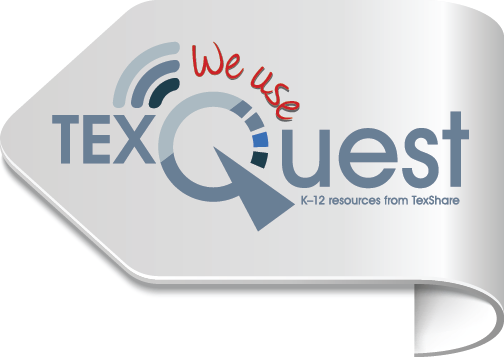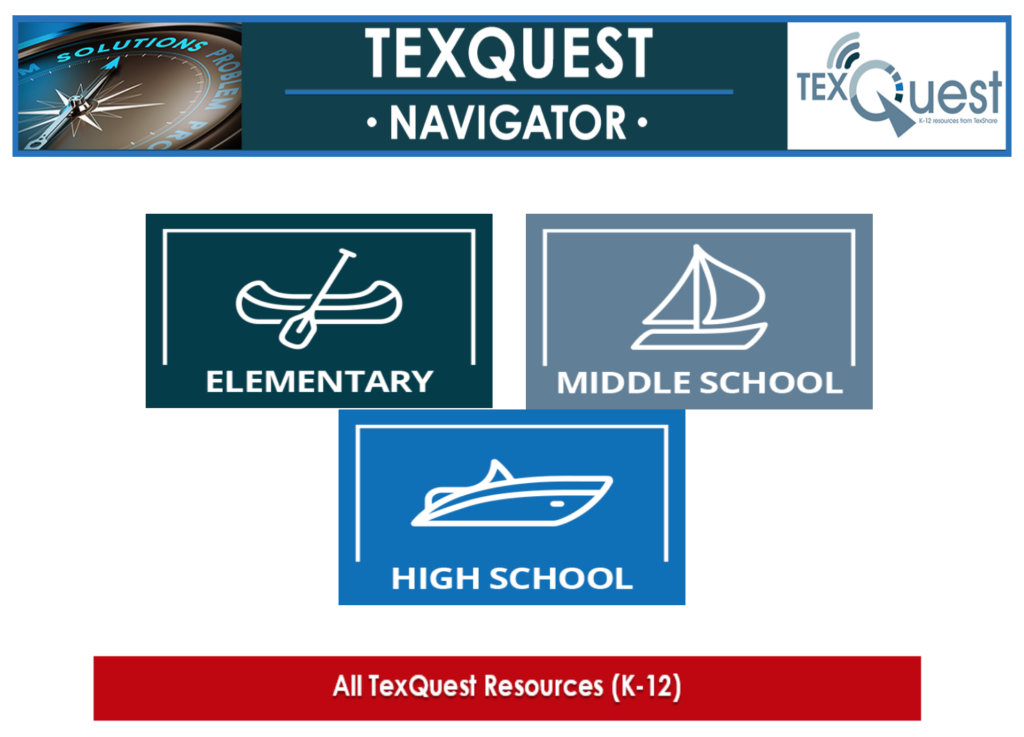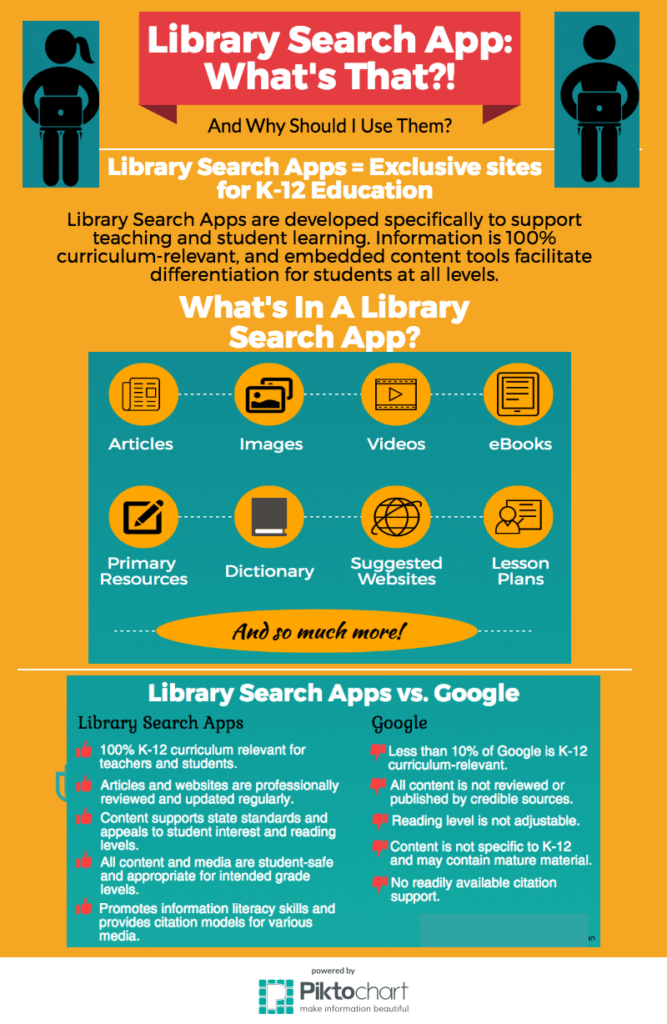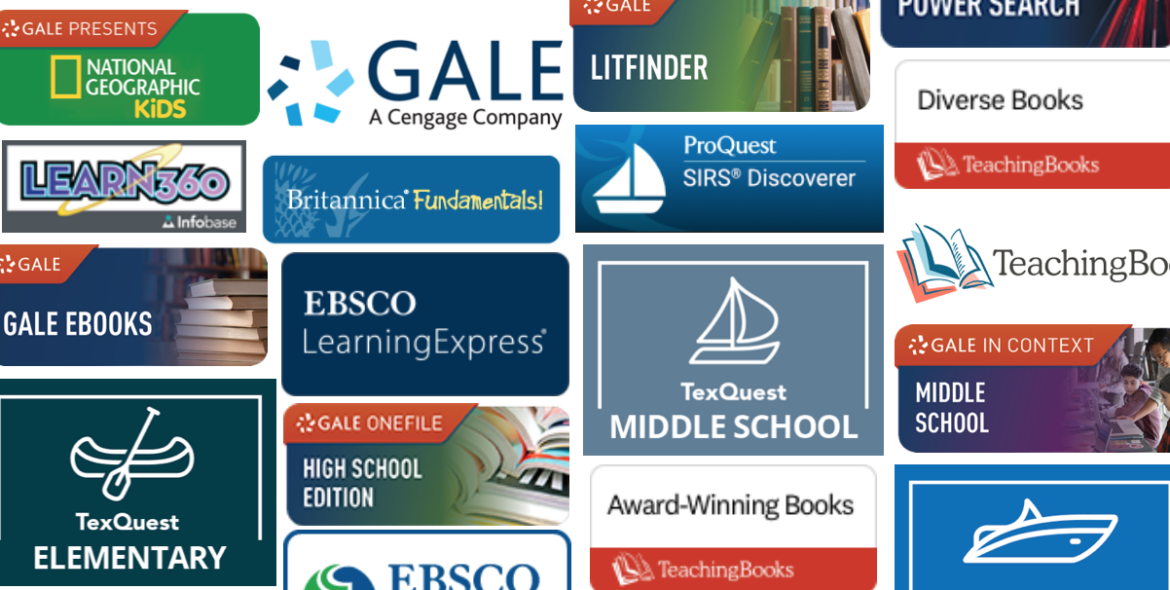Submitted by the Texas Library Association

As a library media specialist, I am fortunate to have access to the TexQuest materials and resources in the district where I work. I am confident in the quality and appropriateness of TexQuest. Because of my trust in the validity of their sites and information, I was able to customize the resources to best fit my students’ needs. Before we dive into how I did this, let’s take a look at what TexQuest is and why it is a trusted program for student research.
What Is TexQuest?
TexQuest, a program offered by the Texas State Library and Archives Commission, provides shared access to authoritative, curated online information resources for millions of public school students. Students conduct approximately 45 million information searches each year and download over 20 million educational resources through TexQuest. Currently, 73% of school districts participate in the program, approximately 92% of all K-12 students in Texas.
Districts pay just 29 cents per student to participate, a tiny fraction of what it would cost to subscribe to TexQuest resources separately. No matter the district’s size, TexQuest is affordable and plays a significant role in leveling the playing field and making education equitable.

TexQuest Safety and Validity
TexQuest is a safe online environment where students can explore many age-appropriate materials in their research, homework, and academic studies. The state library recently released a report, TexQuest Resources: Overview of Access and Safety Procedures, which outlines the levels of protection that are in place.
TexQuest offers five levels of curation and control:
1. Curation: Materials are selected by subject matter experts to be appropriate for K-12 audiences. Some are narrowly curated for elementary, middle, or high school students, and materials in core databases are grouped in collections tailored to early grades, middle school, and high school.
2. Vendor’s Internal Filters: Among the over two dozen products offered in TexQuest, all but two have automated filters of their materials. The two exceptions are the Britannica School suite and TeachingBooks.net, which are created and curated by the companies and do not require filtering (they filter for external content such as YouTube links).
3. School District Filters: School districts are required by federal law (CIPA) to use content filters to participate in the E-rate program; therefore, nearly every Texas school district has these filters already in place. TexQuest products do not bypass these district filters.
4. Configurable Access: Districts can opt in or opt out of specific resources at the campus level. They can create campus-level subaccounts that allow resources to be enabled or disabled so that students can access only age-appropriate materials and resources.
5. Collection Development and Reconsideration Process: TSLAC has a TexQuest Collection Development Policy and a process for reconsideration of materials in place. The agency’s K-12 Advisory Committee is also involved in product selection and review.
Library Search Apps: Rebranding Research for Students
At the Texas middle school campus where I work, TexQuest has been a staple when it comes to research. In all honesty, research isn’t my favorite thing to teach in the field of library science. I struggled for years to make it entertaining, fun, and educational for the students, but I always felt like I was falling short of that goal. However, a few years ago, I attended a Texas Library Association conference program where librarians from San Antonio described rebranding research to fit our students’ vernacular.
This gave me the idea to create library “search apps” using TexQuest and other resources our district subscribes to. I created a “libserv” for our district using Google Sites, which allows the website to be locked down for our district users only. Therefore, I was able to share usernames and passwords safely and create apps using Canva for each of the TexQuest options. By just changing the name to include the word “apps,” students automatically knew what I was referring to when we began our research units in their library lessons. Such a simple change can facilitate understanding immediately.

Making Research Interactive
Middle school is usually the first time students are exposed to research, citations, plagiarism, and copyright. Taking the amazing, age-appropriate, and secure resources TexQuest provides and putting them into terms students can understand is half the battle when it comes to teaching research. To teach the TexQuest apps, I created a digital scavenger hunt that had students searching for items in each of the search apps through TexQuest to find the right answers. This familiarized students with the apps and taught them how to search effectively when doing research. By putting the lessons into terms students can relate to and understand, I can get them on board with research, which can be a very dry topic to learn at times. That said, TexQuest is a fantastic resource that we are so lucky to have in our district.


1 comment
Interesting information guide.
I love this site